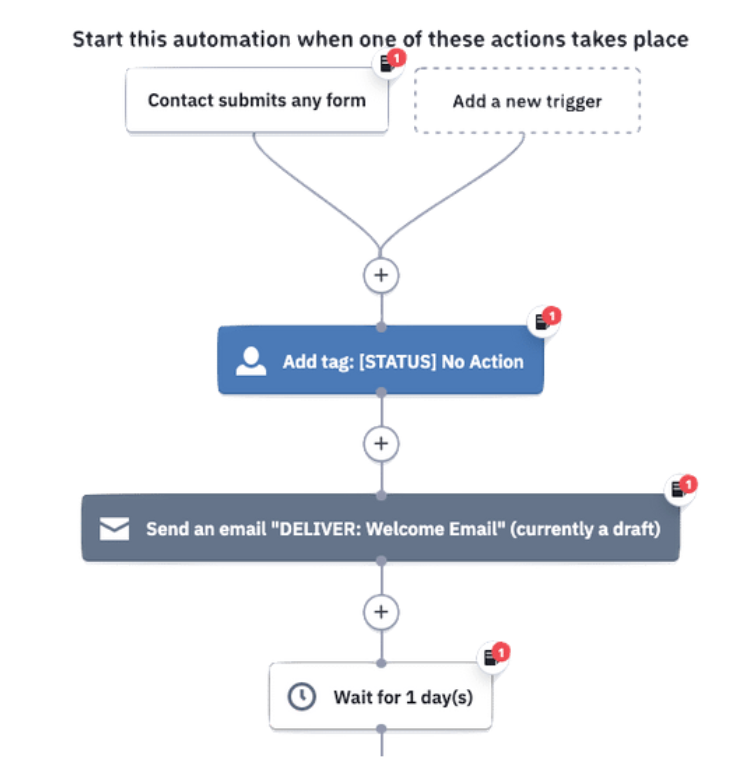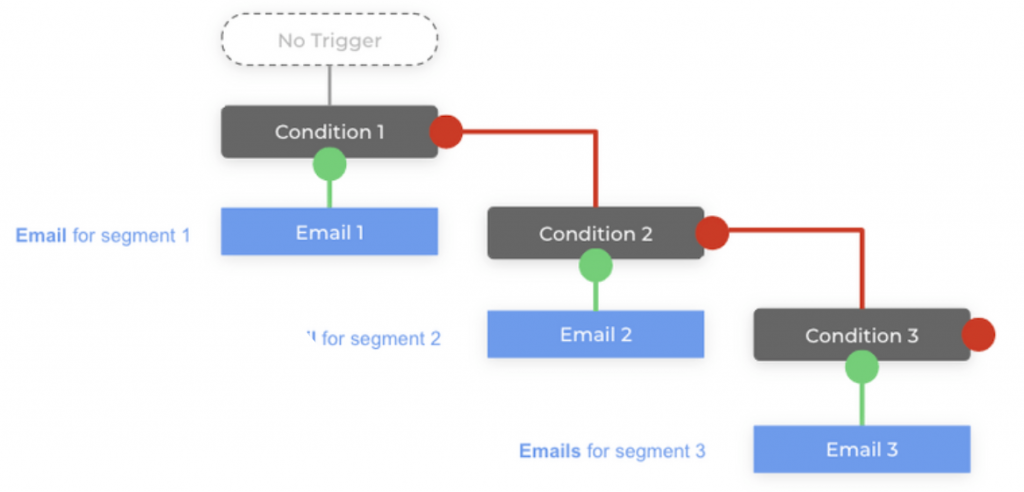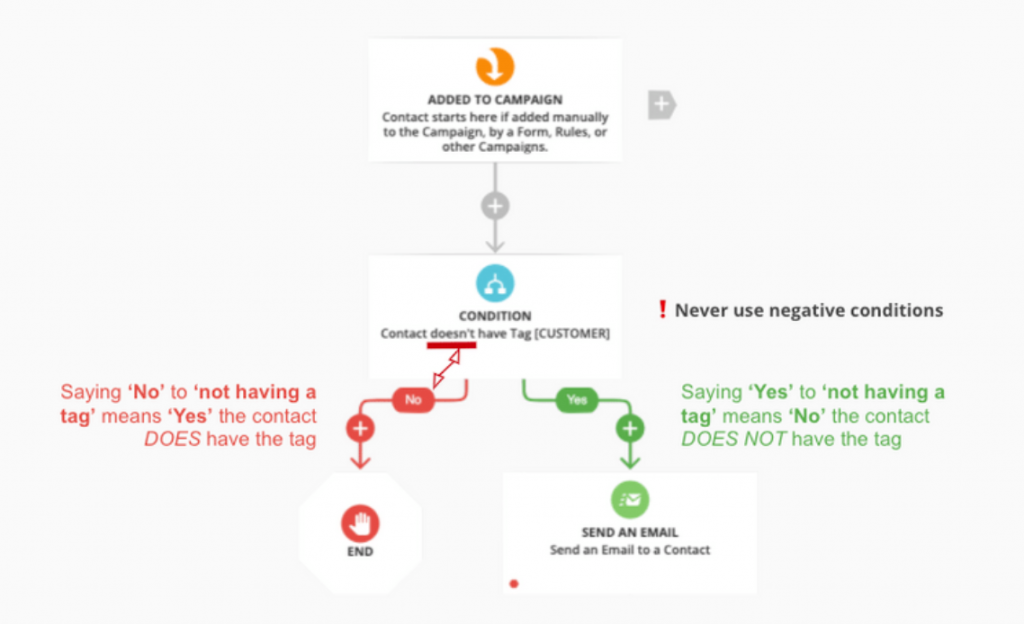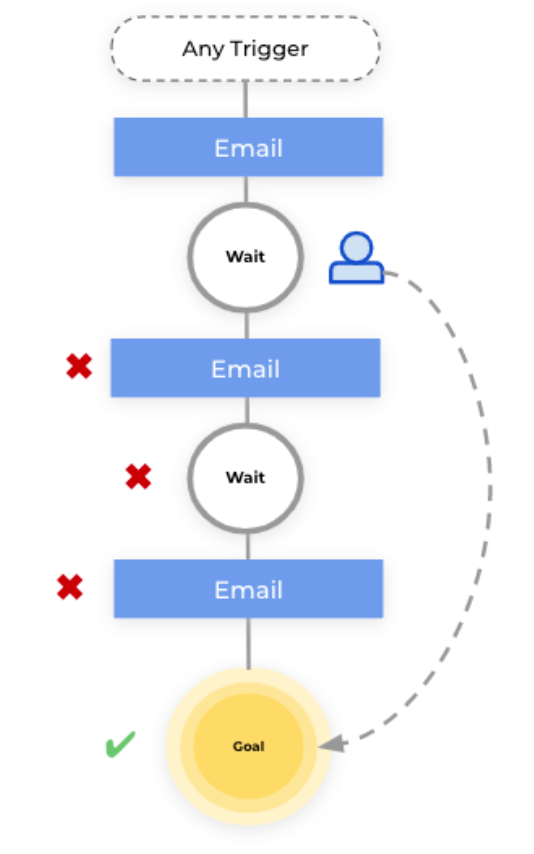5 Point Automation Checklist
Thank you for downloading this automation checklist! This resource was created to help improve your automation building skills, and speed them up, no matter what level you are currently at.
To get the most out of this checklist, keep it front and center so it’s easy to quickly run through all points before publishing your next automation click here to download an abbreviated one page pdf to print. Doing so consistently will become like muscle memory pertaining to automation building and allow you to consistently build better automations…faster.
1. Be Documented
Documentation exists in many forms. For this checkpoint, however, we’re referring to documentation on the automation building canvas.
This type of documentation doesn’t require you to leave the building space to understand what’s taking place.
Below you’ll find an example of how notes look in ActiveCampaign:

2. Send to Segments
The greatest form of automated marketing is personalized automated marketing. Using If/else branching (or decision diamonds) within automations will allow you to send personalized messaging in an automated fashion.
Doing so with email also gives you insight on how various segments engage with your messaging.

3. Wait Dynamically
Configure your wait conditions to best meet the desired speed you want your contacts to move forward to consume your content.
Linear waiting is when steps must be completed in a particular order. This is the standard “wait for” condition used and often results in the slowest speed of consumption.
Dynamic waiting is when behaviors shorten, or exclude, the waiting time required. Actions like “wait until..” and goals must be used for dynamic wait conditions.

4. No Negative Logic
When using builders that provide an automatic Yes/No branch, the statement for the branching logic should never check for the condition to NOT be true.
Refrain from conditions that contain the word “not”.
Doing so creates a double negative, thus turns your ‘No’ branch into a ‘Yes’ branch.

5. Be Goal Oriented
This item is two-fold. Your automations must be goal oriented in function and effectiveness.
For functionality, using goals allows you to create a dynamic journey as well as control messaging to go out with pinpoint accuracy.
For effectiveness, including goals forces you to focus on the purpose of your automation and what you’re building it to achieve. This also prevents you from over building or over automating.
